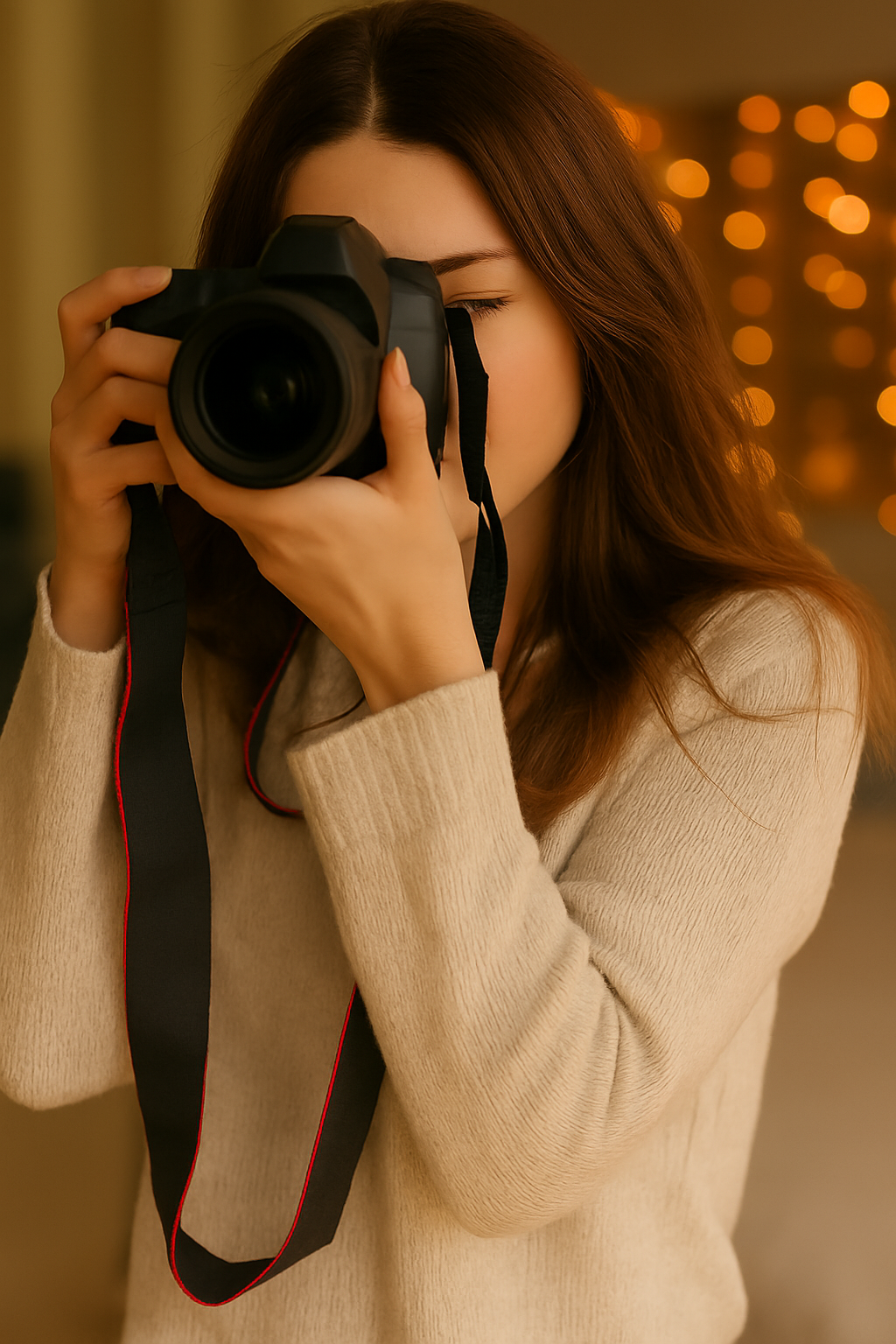Do you believe that photography is linked to your memory, or has decades of propaganda by advertising campaigns just told us so? Photographs help us recall our family, friends and special events, but do they really allow us to remember them?
Memory and emotions
People react to the above question in varying ways; some connect emotions and feelings with photography, and some feel the two are separate (photography only replaces memories with simple pictures).
Some people believe that to create memories, we have to supplement photographs by adding other elements such as words, fabric, or personal objects - elements that reflect the personality and traits of the deceased. The picture then becomes something you can touch and feel.
Photography and death
The idea of photographing the dead is as old as photography itself. Families of the deceased commissioned early death photographs to preserve the family’s lineage. While this was once thought shocking and inappropriate, today, these photographs play a significant role in helping the grieving process and are used in several bereavement therapy sessions.
The need to re-think their purpose is important. Instead of dismissing them as disturbing, we place them within the context of cultural and social changes that determined people’s attitudes toward death. By disassociating oneself from images of death through murder, violence, natural disasters and war, we can begin to concentrate on photographs of death within the family by natural causes.
Photographing the dead has been customary in Europe and North America since the 1840s. Still, it has also evolved as new ways of thinking, scientific progress and challenges to religion have taken place.
Today, one custom that Latin American culture follows is photographing deceased family members during parts of the funeral rite. The photographs are then used to preserve the death as an important event in the family's history while also acknowledging the rite of passage for the deceased.
Stimulating emotions
Think back to the opening questions and reflect for a moment on your answers. Now, think about what triggers your involuntary memories; do smell, touch, or taste stimulate them?
For me, extremely powerful emotions are evoked when I catch the scent of a particular perfume - the perfume worn by my grandmother, who died suddenly when I was a teenager. This smell sends shivers down my spine even today. Now, compare that with a photograph and its static and unchanging representation.
Does a photograph enable us to remember a person or event as they were? Does the image of someone bring back the sound of their voice, smell or how you remember they walked?
Images can stimulate memories, but memories are not images - they are sensations that cannot be contained within the boundaries of photographic representation. Some argue that for photography to accurately stirs a memory, it also has to stimulate other senses, not just the visual.
Photographs versus laments
The responsibility of remembering the dead was once commonly assigned to a lament (a poem or song which expresses great grief, especially following someone’s death). As this tradition slowly disappeared, many people believed that portrait photography could perform the same role as a lament.
Both laments and photographs were believed to tell the “truth” about the dead; however, there are differences. Photos may act as an inspiration to a lament but not as a replacement. The emotional tones, words, and music of the lament trigger memory.
Has the photograph become more important than the person?
Today in our obsession to capture significant people and events in our lives through photography, we seem to offer the possibility of a memory that never fades. Through repeated viewing, photographs have become implanted in our memory rather than the people or events they represent.
Instead of helping us remember, photography is helping us to forget. These implanted images are no more than false memories, overwhelming the viewer with their power and leading us to falsely assume the possibility of experiencing true or involuntary memory.
Do you think photography can stimulate memory and emotions similar to other senses?
Read more of our photography articles and tips.
And if you are interested in taking your photography skills to the next level or starting your own business, we have the right course for you.

